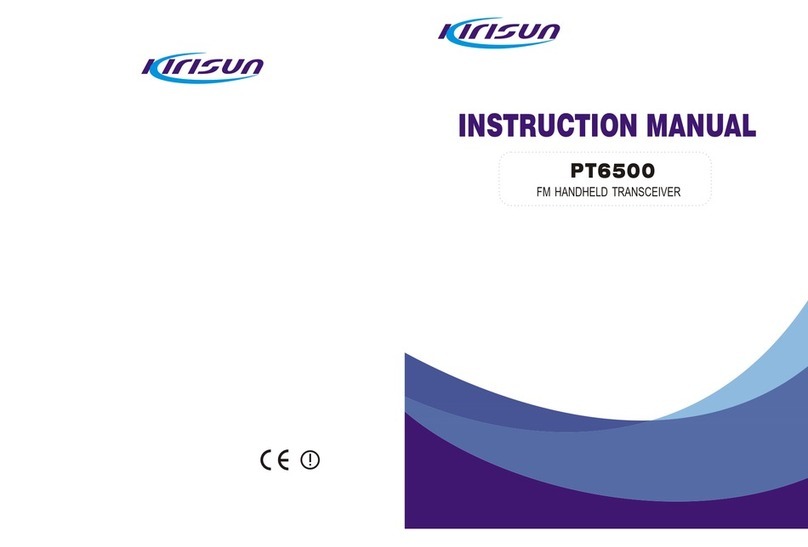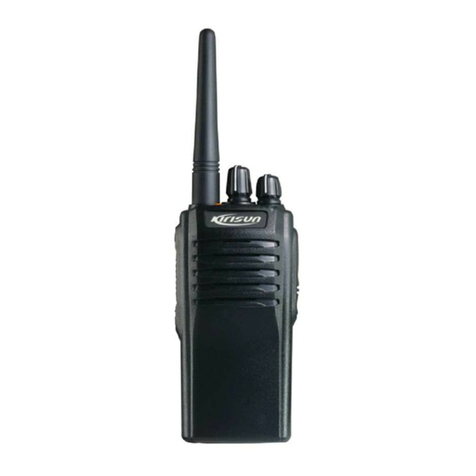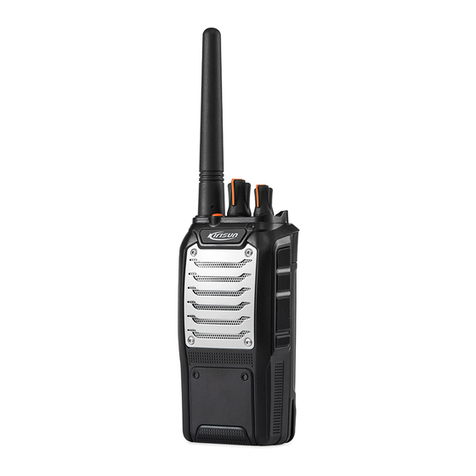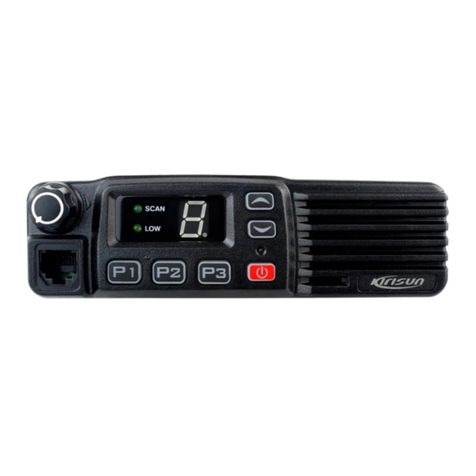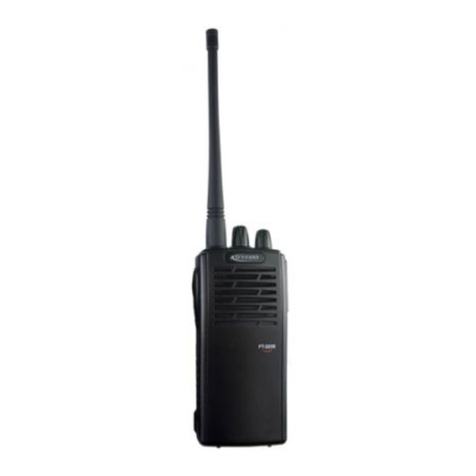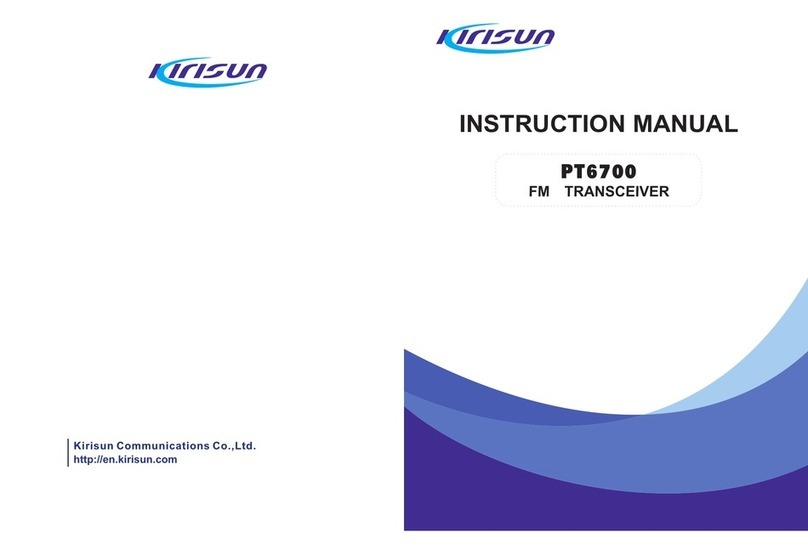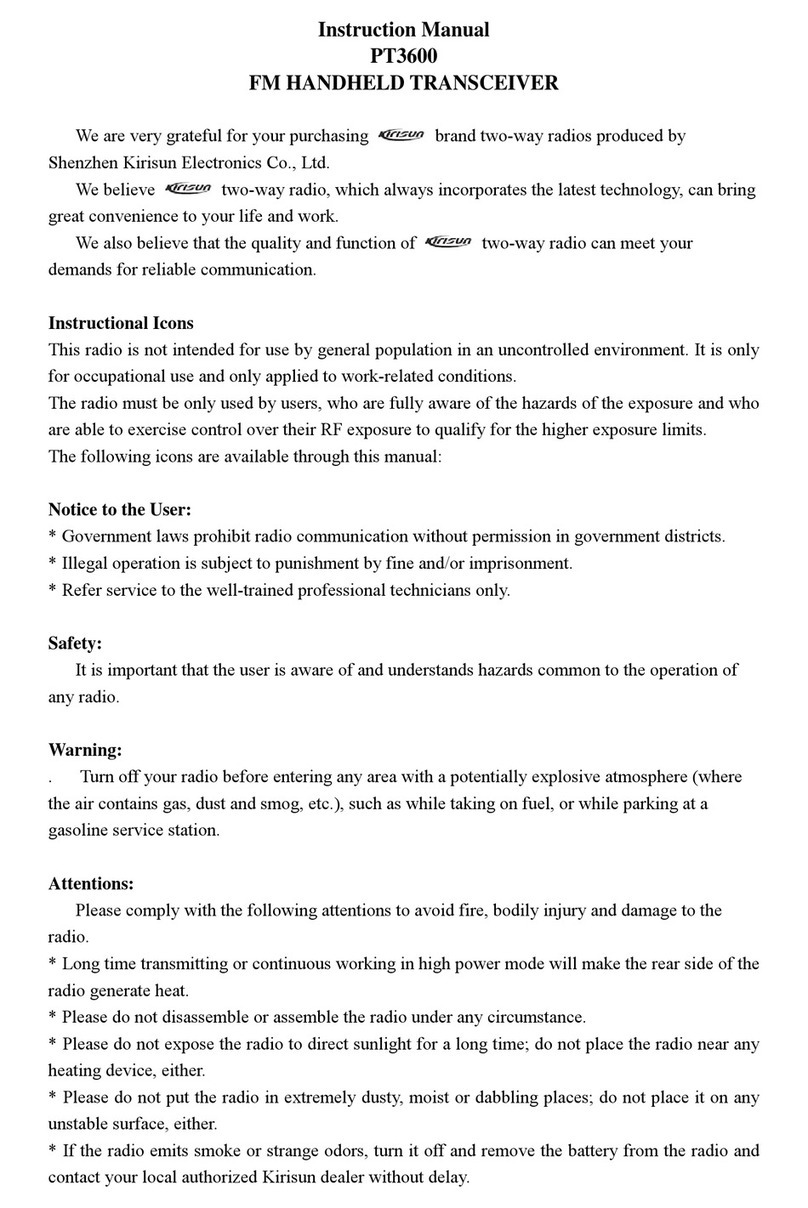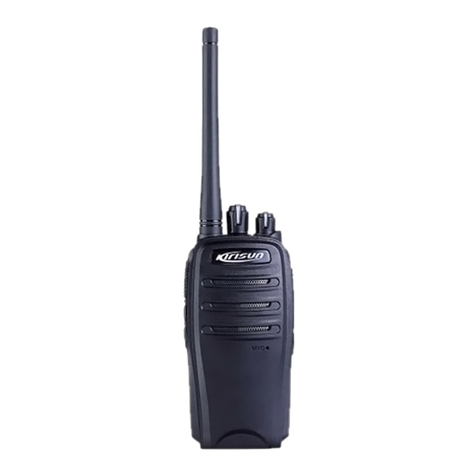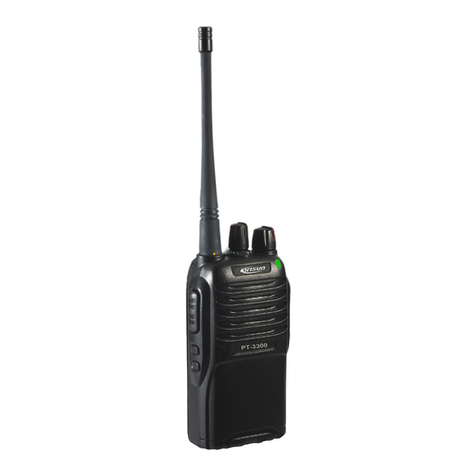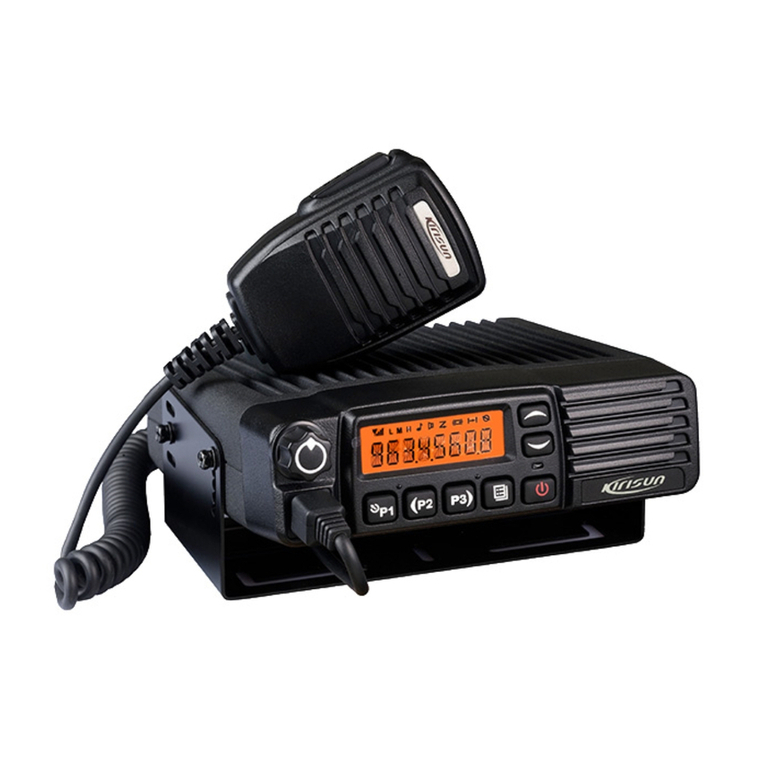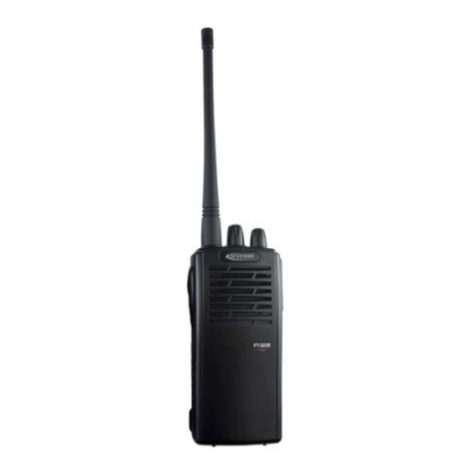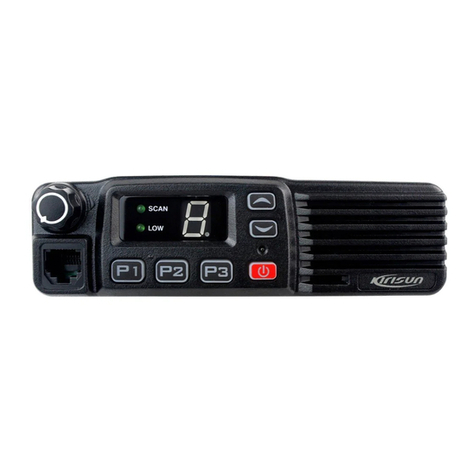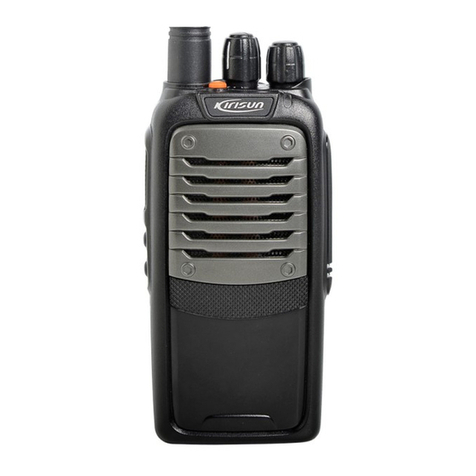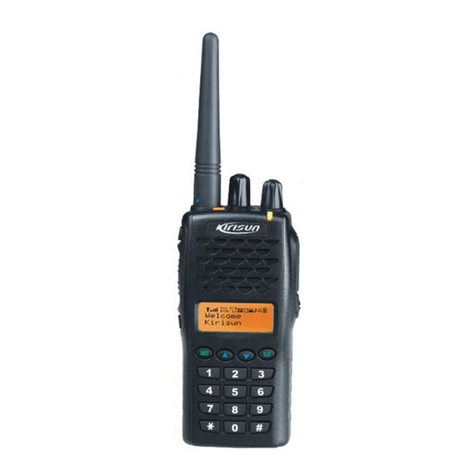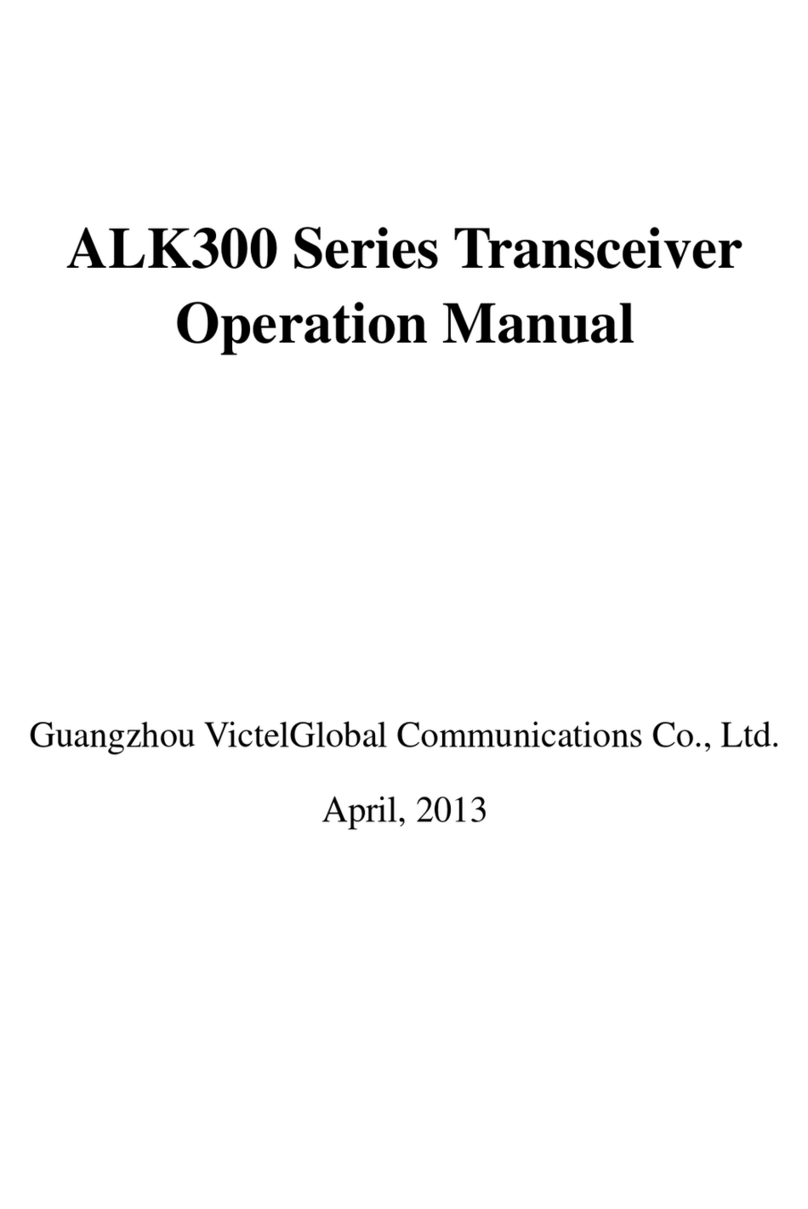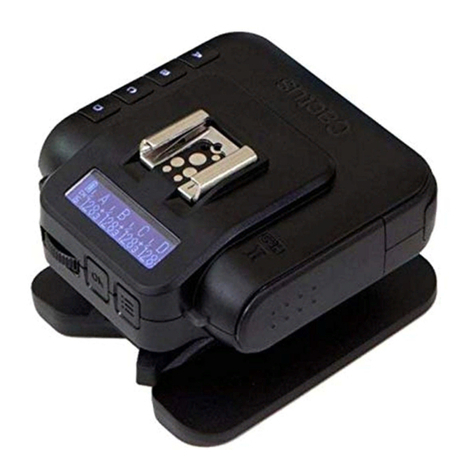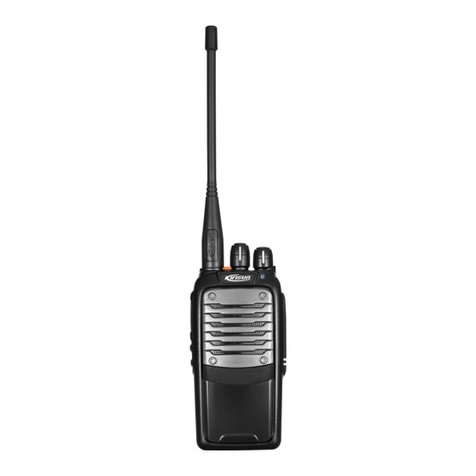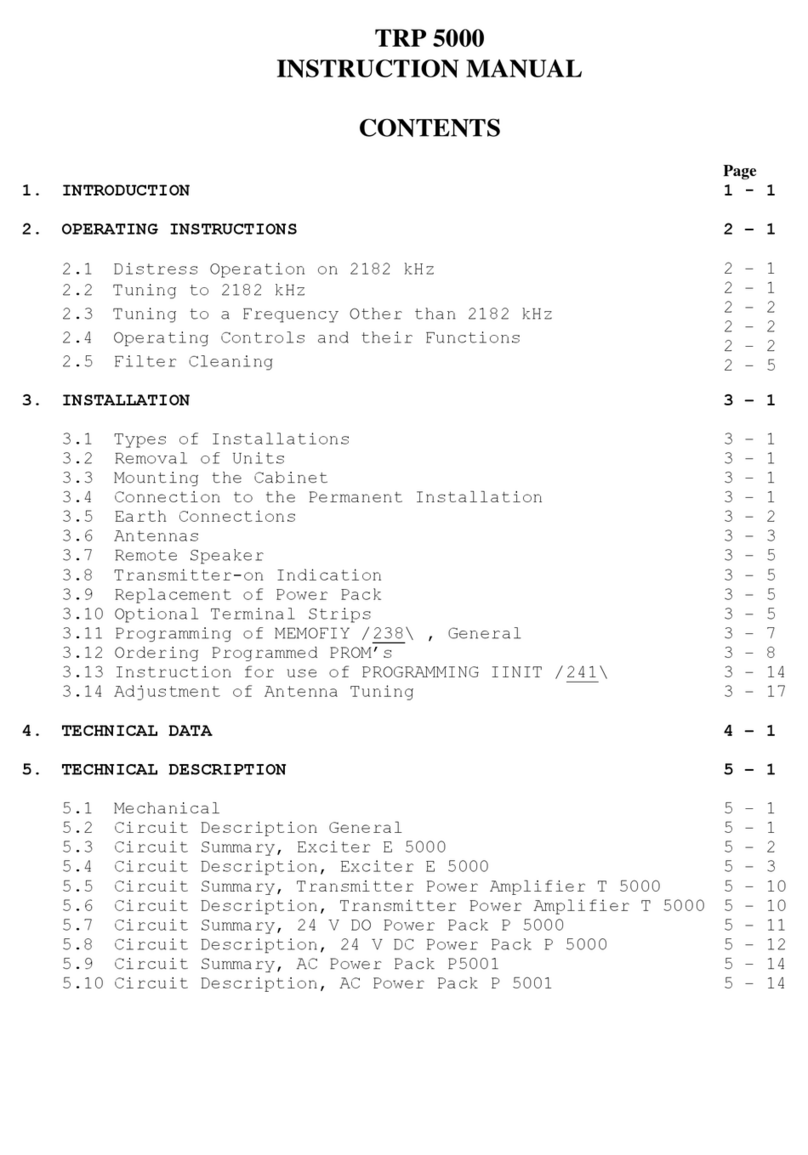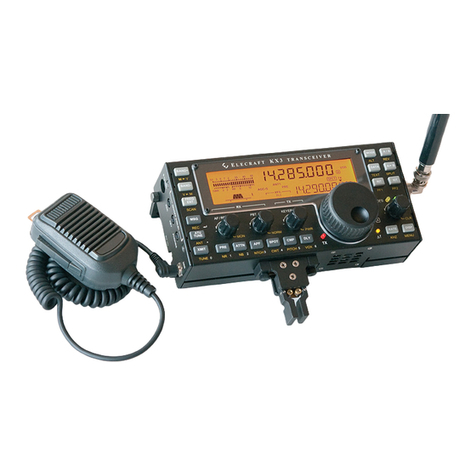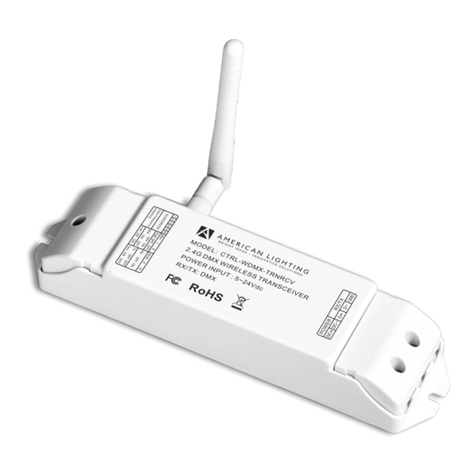Please keep the battery in the clean, dry and ventilated room with
the temperature of -5 35 and the relative humidity not more than
75%, avoid to contacting with any corrosive substance and keep
away from fireand heat.
If the extended storage is needed, please keep the battery in the
clean,dry environment without any corrosive substance in the
temperature of -5 25 . If the time is over three months, the
battery should have a charging. If keep the battery in the unventilated
environment with a temperature of over 40 , the battery may leak,
self-ignite or be damaged by reason of quickening the self discharge.
The battery kept under the temperature of 40 should be charged
once a month and the charging status should be 50% of the battery
capacity.
The battery life will be shortened if using under the maximum condi-
tions, such as limiting temperature, deep charging and discharging
circulation and overcharging/ over discharging.
In the extended storage, the battery may be write-off or the capacity
may reduce seriously without any charging and discharging maint-
enance.
3. Safety
To avoid the leaking, heating, firing or exploding of the battery, please
comply with thefollowing protective measures.
Do not place the battery in the water; do not keep the battery in the
damp, unventilated environment with a high temperature for a long
time.
Do not burn or heat the battery; do not use, place or charge the
battery near fireor heat (over70 ).
Do not reversethe power polarities;do not short-circuitthe battery.
Do not connectthe battery withbattery socket orcar battery directly.
Battery and Safety
1. Warranty Exclusions
The company will not be responsible for any failure or safety accident
generating by using the battery without following the Battery and
Safety Directions .
The company will not be responsible for any failure generating by
mismatching circuit which is caused by using no autonomous produc-
ing products, likebattery pack, chargerand transceiver.
The battery is guaranteed for service for 6 months after leaving the
factory. In this period, if there is any abnormal condition from the
battery, you are allowed to change a new one for free, but that is
based on usingthe battery inconformity with thedirections.
2. Conditions andEnvironment
Using the specialcharger appointed by the company.
If the batterycharging is full, do not charge it repeatedly ina short
time, or thatwill shorten battery's life or bring safety trouble toyou.
Please stop charging, if the batteryis charged overtime, but not full.
Do not place, charge or use the battery under strong sunlight for a
long time, orthe battery may become heat, fire or fail touse.
The battery hasa protecting system for the circuit, it is prohibitedto
use the battery in the areasof heavy static (more than 100V) or high
magnetic field, orthe protecting system will be damaged and bring
safety trouble.
The charging temperatureis from -10 to 40 , please chargewithin
this range, orthe charger may start automatic protection to stop
charging or thebattery may be damaged.
If an abnormalodor, leak or any other abnormal situation isdetected
coming from thebattery, pleasedo not use it, but return it to the
dealer.
